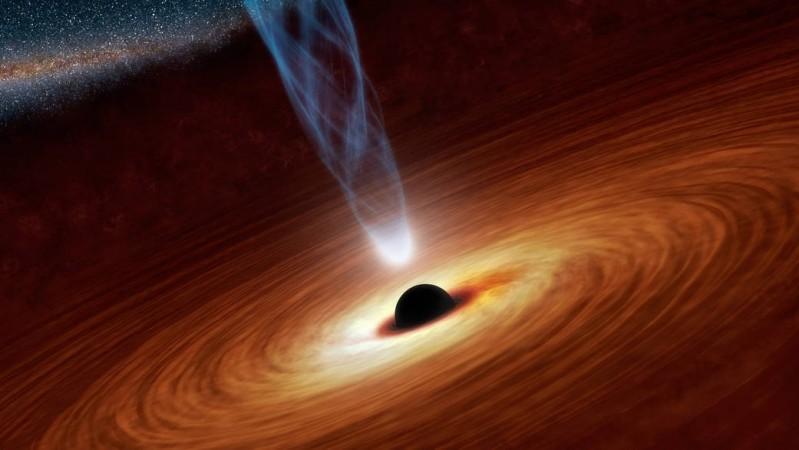
A fluid possessing "negative mass" is being created by American physicists, and what makes this fluid unique is its ability to accelerate in the opposite direction to that which it's pushed in.
Also Read: Neil Armstrong gift sees NASA SWAT team detain 75-year-old woman for possessing moon rock!
According to researchers from the Washington State University (WSU), this phenomenon could be used by scientists to explore the mysteries of the cosmos, such as black holes and dark energy. The research is being led by Michael Forbes, a WSU assistant professor of physics and astronomy and an affiliate assistant professor at the University of Washington.
In 2014, it was revealed by Canadian cosmologists that negative mass could prevail in the universe without breaking the Laws of Physics. According to Einstein's Theory of General Relativity negative mass could exist.
Theoretically, like an electric charge can be negative or positive, matter can also have negative matter and negative mass too.
According to Newton's Second Law of Motion, a force is equal to the mass of an object times its acceleration, or F=ma. Thus far only the positive features of Newton's Second Law of Motion have been considered.
"In other words, if you push an object, it will accelerate in the direction you're pushing it. Mass will accelerate in the direction of the force. That's what most things that we're used to do," said Forbes, hinting at the bizarreness to come, according to a statement.
"With negative mass, if you push something, it accelerates toward you," he added.
Rubidium atoms cooled down to a temperature just above zero, with the help of lasers, were used by researchers to create conditions in which to conjure negative mass. In these conditions matter starts behaving like slow-moving waves as it reaches a temperature just above absolute zero known as -- Bose-Einstein condensate.
In such conditions these particles can be observed moving without losing their energy, in unison, this known as a superfluid.
The team of researchers bombarded the rubidium atoms with another set of lasers which pushed them back and forth and altered the way they spin. This made the rubidium rush forward, in a behaviour pattern you would associate with negative mass.
"Once you push, it accelerates backwards. It looks like the rubidium hits an invisible wall," Forbes who analysed the atoms, said in a statement.
"What's a first here is the exquisite control we have over the nature of this negative mass, without any other complications," he added.
This superfluid, with the help of the heightened control, could see the start of experiments to examine analogous physics in astrophysics, such as neutron stars, as well as cosmological phenomenon such as dark energy and black holes.
"It provides another environment to study a fundamental phenomenon that is very peculiar," Forbes said.
The results are published in the journal Physical Review Letters.

















